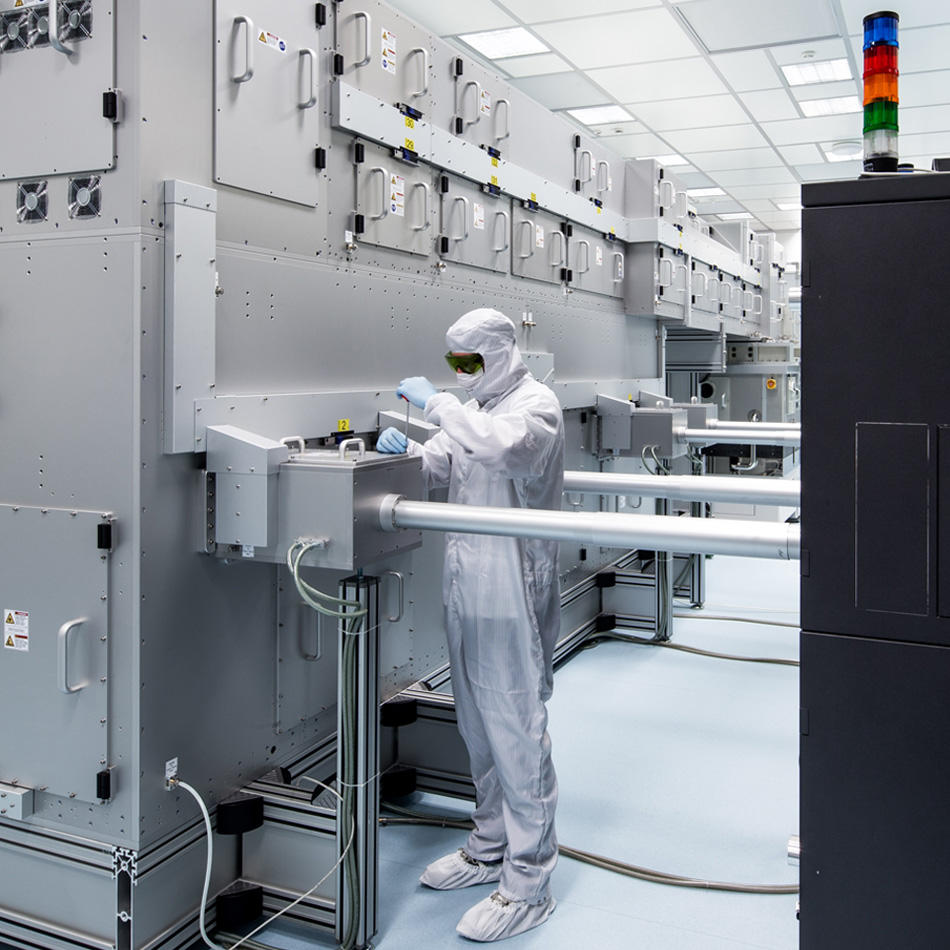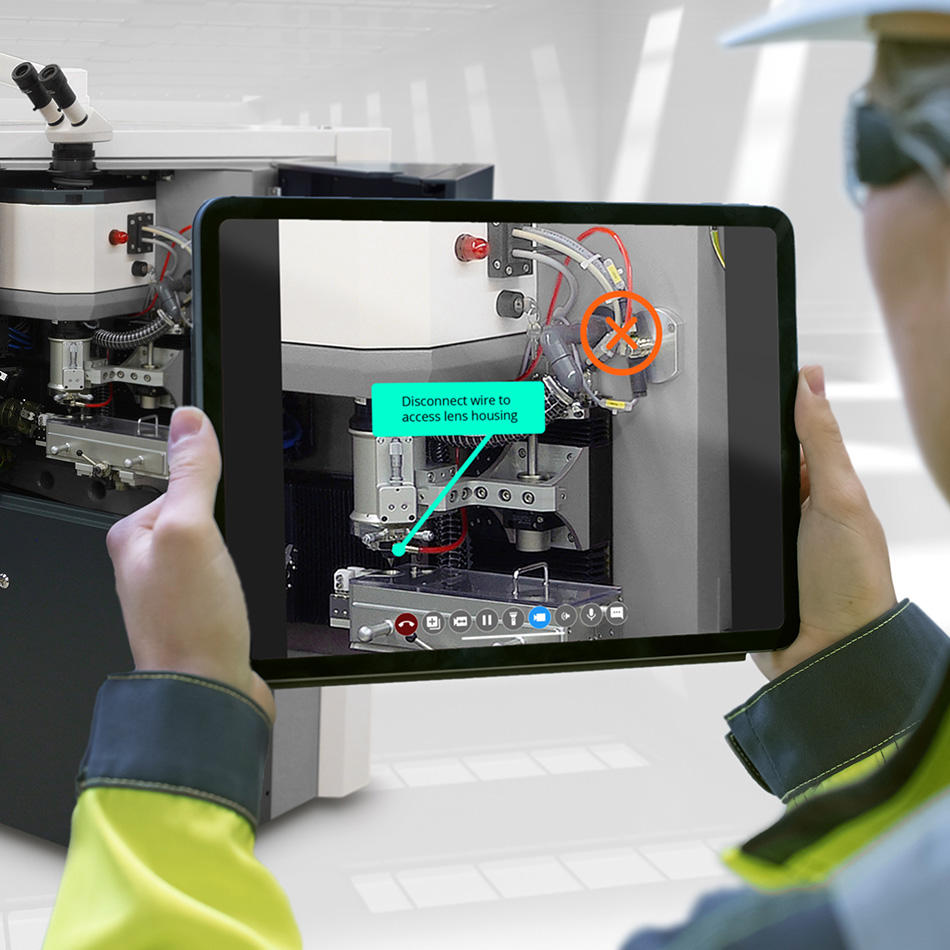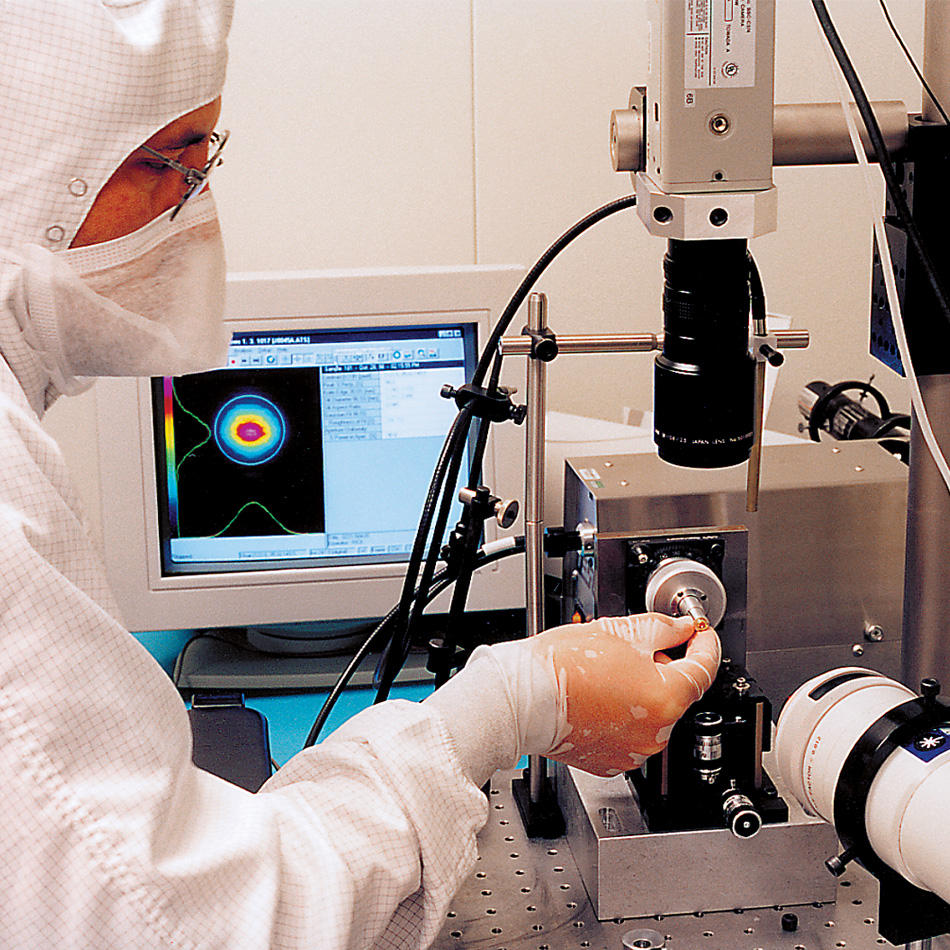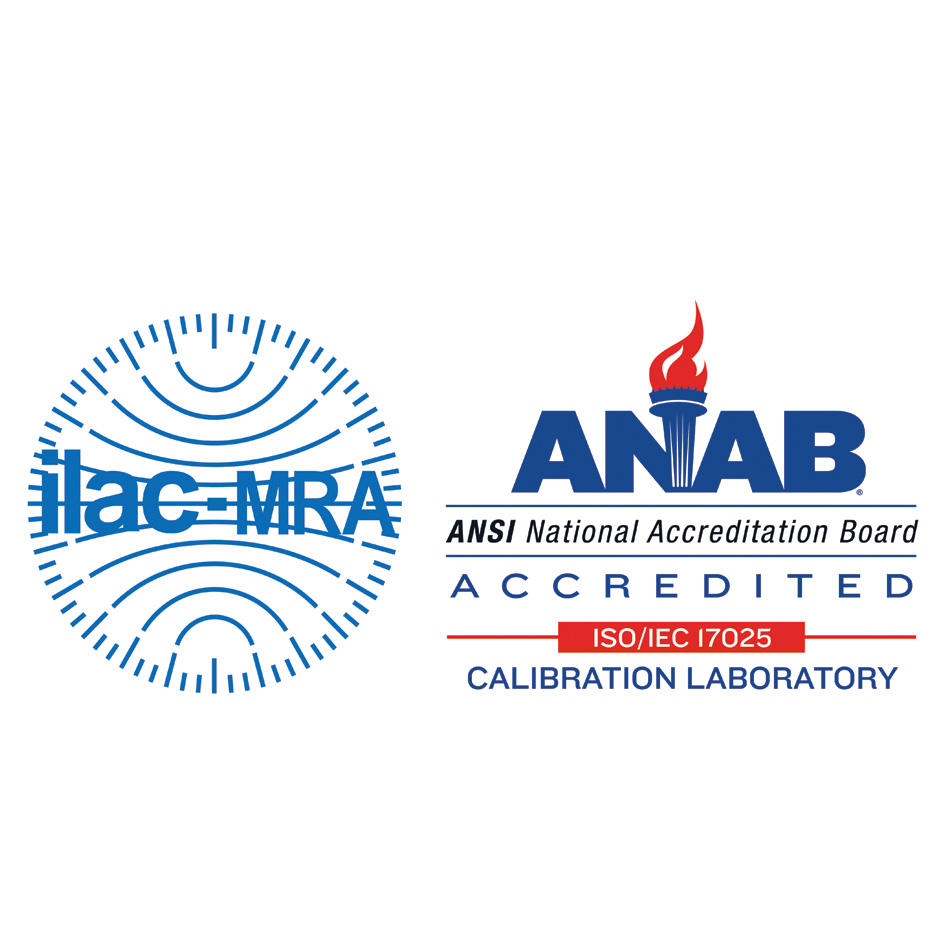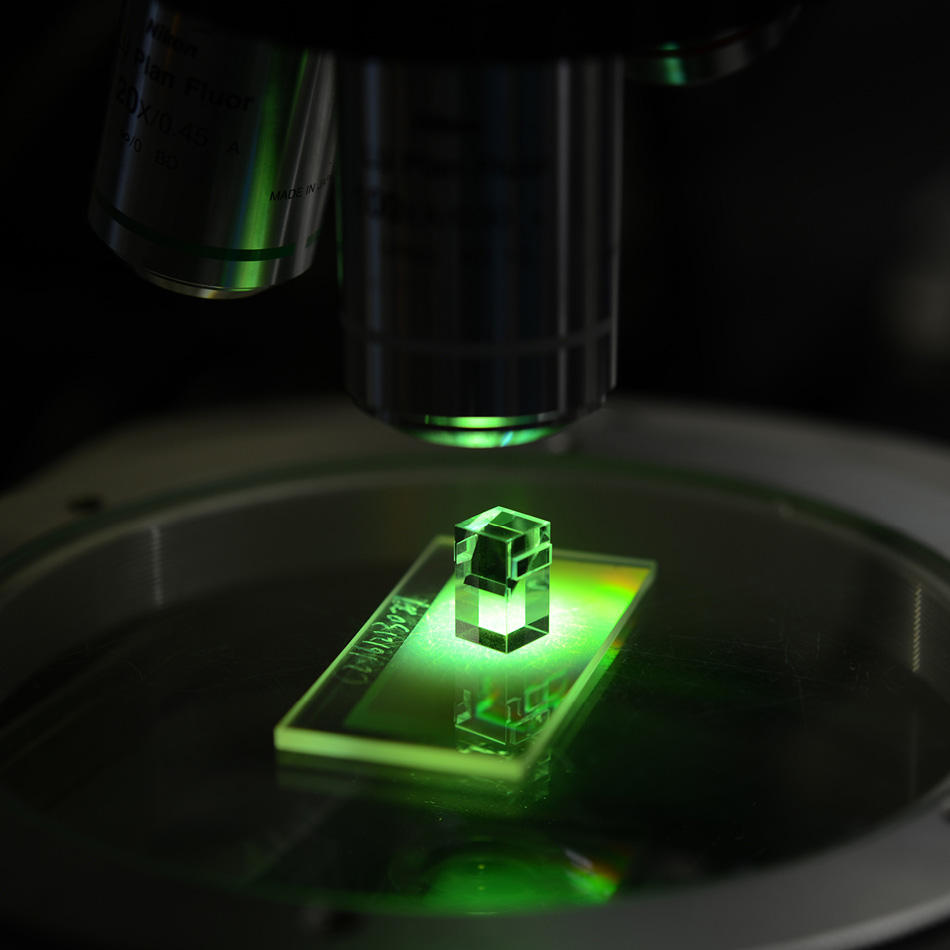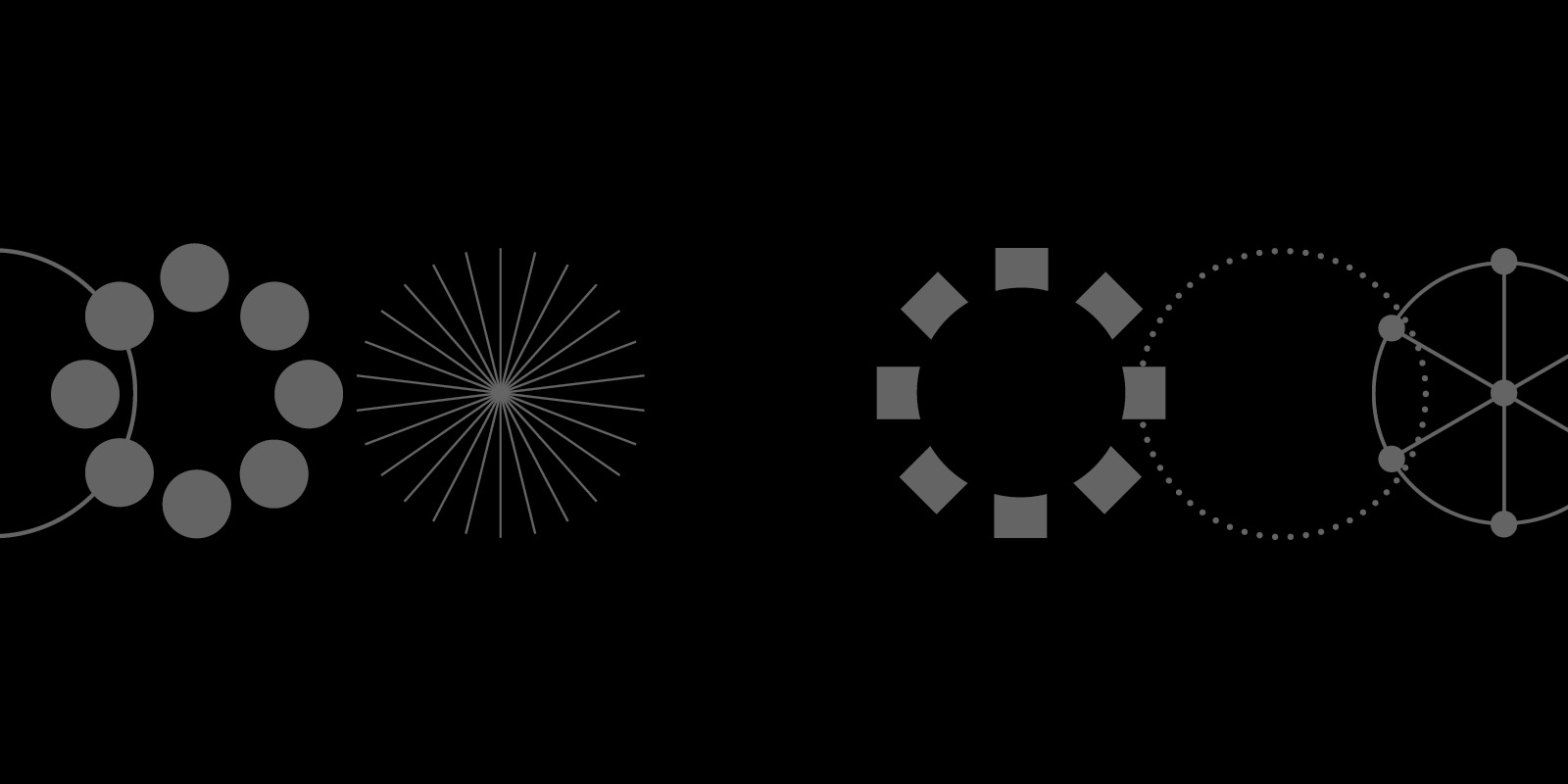Support
Technical support, training, and world-class service programs.
Get all the tools and resources you need to make sure you get the most out of your Coherent lasers, laser systems, and laser components.
For immediate assistance, please call +1 734 456 3100
Additional Laser Measurement Resources:
Solution Briefs
- Why Is My Sensor Out of Tolerance?
- Care and Handling of Your Coherent Sensor
- Damage Threshold of kW Thermopile Power Sensors
- Justifying Single Point Calibration
- LabMax-Pro PC Data Collection
- LaserCam HR II "Ghosting Images"
- OEM Sensor Communication and Supply Connections
- PowerMax-Pro kW Push to Connect Fittings
- Understand a Certificate of Calibration
- What is the Accuracy Specification for Positioning on my LM Sensor?
- Flow Rates and Fittings for Water-Cooled Sensors
- PMK+ Coating Details for Power Measurement
White Papers and Guides
- BeamView.NET
- Novel Laser Power Sensor Improves Process Control
- LabMax Laser Power and Energy Meters
- Understanding ISO 17025 for Laser Power and Energy Measurement
- Meterless Laser Power/Enery Measurement Simplifies Embedding
- Laser Additive Manufacturing
- PowerMax-Pro Cleaning Guide
- PowerMax-Pro: Energy Readings Using Host SCPI/Commands
- PowerMax: Energy Readings with LabMax-Pro
- Thermopile Power Sensors: FAQs, Troubleshooting, Care


